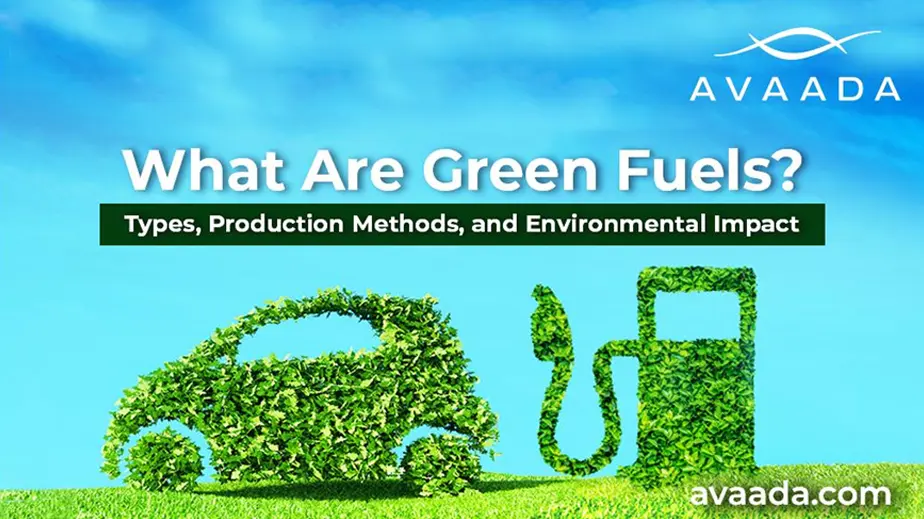Aviation fuels are critical for powering the aircraft that connect our world. As global air travel continues to grow, the demand for efficient and environmentally friendly fuel sources becomes increasingly important. Traditionally, aviation fuel has been derived from fossil fuels, but recent innovations in renewable energy fuel and sustainable aviation fuel (SAF) are reshaping the industry.
This blog explores the different types of aviation fuel available today, with a special focus on the growing importance of renewable energy solutions in aviation.
1. Conventional Aviation Fuels
Most of the world’s aircraft are powered by conventional fuels derived from petroleum. The two main types of conventional aviation fuel are:
- Jet A and Jet A-1: These are the most commonly used types of kerosene-based fuel for commercial aviation. They have a high energy density and are refined to meet stringent quality standards, ensuring they perform reliably in the extreme conditions encountered during flight.
- Avgas (Aviation Gasoline): Used primarily in smaller piston-engine aircraft, Avgas is distinct from the fuel used in commercial jet engines. It contains lead additives to enhance performance, but this also makes it more harmful to the environment compared to other fuels.
While conventional aviation fuels have been the cornerstone of the aviation industry for decades, their production and use are associated with significant carbon emissions and environmental concerns. This has led to a growing interest in more sustainable options.
2. Sustainable Aviation Fuel (SAF)
Sustainable Aviation Fuel (SAF) represents a significant advancement in reducing the aviation industry’s carbon footprint. SAF is produced from renewable resources like waste oils, agricultural residues, and even carbon captured from the atmosphere. These fuels are chemically similar to conventional jet fuel but offer a reduced carbon footprint, often up to 80% lower over the lifecycle of the fuel.
Several types of SAF exist, depending on the source materials and production processes:
- Biofuels: Derived from organic materials, such as plant oils, algae, or waste biomass, biofuels are among the most common types of SAF. They provide a cleaner alternative to traditional jet fuels and can be blended with conventional fuels without requiring modifications to aircraft engines.
- Synthetic Fuels: Also known as power-to-liquid fuels, these are produced using renewable electricity to convert carbon dioxide and water into liquid fuel. Synthetic fuels are an emerging technology with great potential for sustainability, as they can help achieve net-zero carbon emissions when combined with carbon capture technologies.
3. Renewable Energy Fuel Solutions
As the aviation industry moves towards decarbonization, renewable energy fuels are becoming increasingly important. Renewable energy fuels refer to fuels produced from renewable sources, such as solar, wind, or hydropower, that are converted into liquid or gaseous forms to be used as aviation fuel. These fuels are derived in enabling the aviation sector to meet its sustainability goals.
To learn more about decarbonization and the path to a net-zero world, check out our blog on What is Decarbonization?
The Role of Avaada in Promoting Sustainable Aviation Fuel
At Avaada, we are committed to promoting renewable energy solutions that drive sustainability across various sectors, including aviation. Our expertise in renewable energy, particularly in solar and wind power, positions us as a critical player in the global energy transition. As aviation moves towards cleaner, more sustainable fuels, our innovations in renewable energy can provide the power needed to produce SAFs, particularly synthetic fuels, efficiently and sustainably.
Avaada’s focus on clean, renewable energy means we are at the forefront of creating an ecosystem where sustainable aviation fuel can thrive. By harnessing renewable energy sources, we aim to contribute to a future where aviation is powered by sustainable, low-emission fuels, helping to reduce the carbon footprint of air travel.
Conclusion
The future of aviation fuel lies in a combination of conventional fuels and emerging sustainable options. As the demand for air travel grows, the aviation industry must prioritize adopting renewable energy fuels and sustainable aviation fuels to mitigate its environmental impact. At Avaada, we are dedicated to supporting this transition through innovative renewable energy solutions that contribute to a cleaner, greener future for aviation. By embracing SAF and renewable energy fuels, we can help the aviation industry soar toward a more sustainable future.








